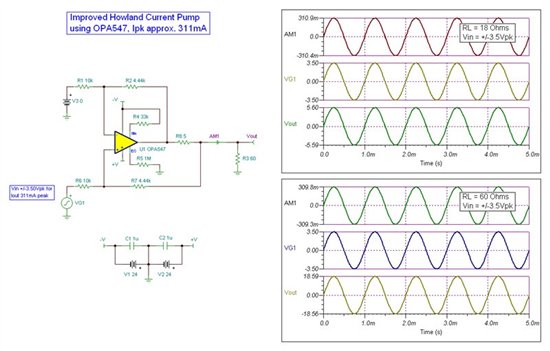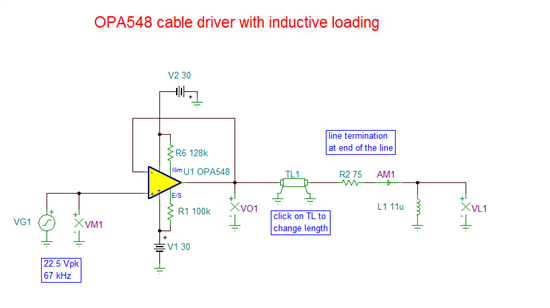Hi,
I want to design a constant AC current source of current variable upto 200mA rms.
The frequency of the current source will be from 64KHz to 67KHz. The impedance range is 10ohm to 200ohm.
The load is a reactive load.
II used the Howland constant current source. But it doesnt worked out.
Can somebody tell me whether Ti has a readymade solution for this?
If not please help me if you have any idea.
Regards
Venkat




